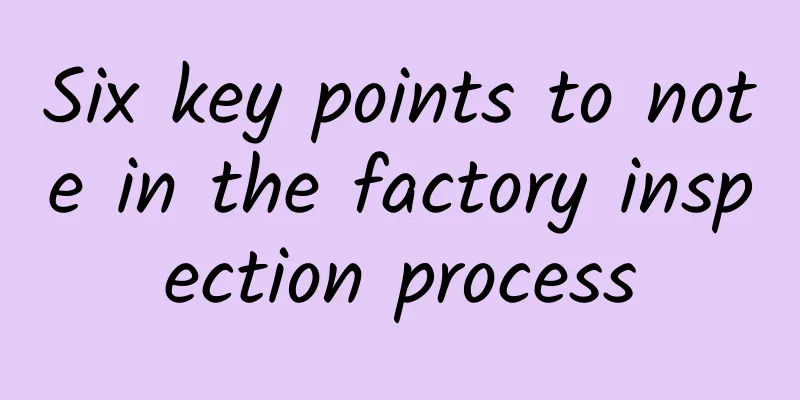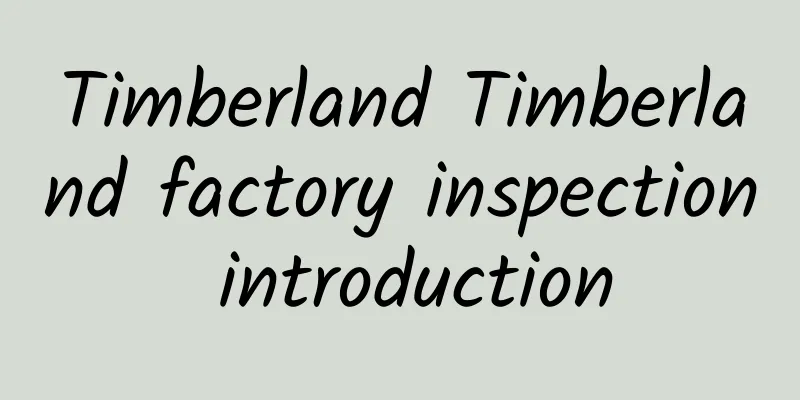|
1. Purpose The purpose of this standard is to clearly define the methods for the classification, collection, storage and disposal of waste generated by the company.
2. Scope of application This standard applies to the management of waste generated within the scope of the factory.
3. Definition and classification of terms The so-called waste refers to the substances that pollute the environment generated by the company's production, office or other activities. The company classifies waste into three categories: hazardous waste, production waste and general waste according to the nature and actual situation of the waste.
A. Hazardous waste: waste materials that are highly toxic, explosive, radioactive, infectious, and potentially harmful to the surrounding environment or human safety and health.
B. Production waste: non-hazardous waste materials generated by the company's production activities. Production waste is divided into two categories: recyclable and non-recyclable according to its nature.
B. General waste: waste generated by the company’s daily activities (office, life, etc.) that is not hazardous waste or production waste.
4. Management Responsibilities 4.1 Overall Management Personnel The Deputy General Manager appoints the Factory Director as the Overall Management Personnel of Waste, who is mainly responsible for the overall supervision of the company's waste treatment and coordination with external parties. The Department shall appoint the Personnel in Charge and clarify their responsibilities.
4.2 Person in charge of waste treatment The person in charge of waste treatment is the head of each department and has the following responsibilities:
1) Guide and supervise the correct and proper disposal of waste generated by production and office activities of each department.
2) Understand the types of waste in the department and mobilize all forces of the department to continuously strive and improve the reuse and reduction of waste.
3) Assist all management responsible persons to successfully complete national and local waste management regulations.
4.3 Waste treatment personnel The waste treatment personnel shall be designated by the heads of each department and shall be responsible for the following tasks:
1) Ensure that waste is classified and disposed of in accordance with prescribed methods.
2) Identification and organization of waste disposal sites.
5. All management responsible persons of the waste disposal entrusting company shall investigate the external recycling stations for waste disposal and select qualified external recycling stations. After reaching an agreement with them, they shall be entrusted to dispose of the company's waste.
6. Preparation and maintenance of the "Solid Waste Classification List" 6.1 Preparation Each department shall prepare the attached "Solid Waste Classification List" and submit it to the Environmental Management Bureau after obtaining the approval of the department head. Among them, hazardous wastes should be designated to handle the responsible person, while other wastes do not need to be designated.
6.2 Maintenance 1) Each department shall review or revise (if necessary) the "List of Solid Waste Classification" when there are new production activities, such as changes in production lines, introduction of new products or new equipment, and changes in the delivery form of parts.
2) Under normal circumstances, it will be reviewed once a year and revised when necessary.
In addition, if it is difficult to distinguish new types of waste, please inquire with the Environmental Management Office.
7. Education on waste classification: All departments should use meetings or other forms to explain the importance and methods of waste classification to personnel at all levels, so that waste classification becomes common knowledge for all employees.
8. Waste Disposal Each department shall be responsible for the management and disposal of waste generated by its department and shall implement the following items:
8.1 Temporary storage place identification Under the premise of simplicity and ease of use, each department shall set up temporary storage places for wastes. And clearly mark them according to the classification so that people can see them at a glance. The following general principles are for reference:
1) The number of waste bins installed in the same place should not affect the convenience of work.
2) Special waste storage boxes should be set up in places where large amounts of similar waste are generated.
3) In places where waste of many types and small quantities is generated, recyclable and non-recyclable wastes shall be temporarily separated and placed according to classification at the temporary waste storage sites set up by the company.
8.2 Each department may temporarily place waste in the unified temporary waste storage area set up by the company. When placing waste, it should be placed accurately according to classification to prevent mixing, flying and odor.
Waste from the centralized temporary waste storage area will be transported to the company's designated landfill every day by the person in charge of the production management department.
8.3 Maintenance of the waste storage area The waste storage area should be regularly organized, tidied, cleaned and swept to prevent odor, flies and mosquitoes from being generated. |










